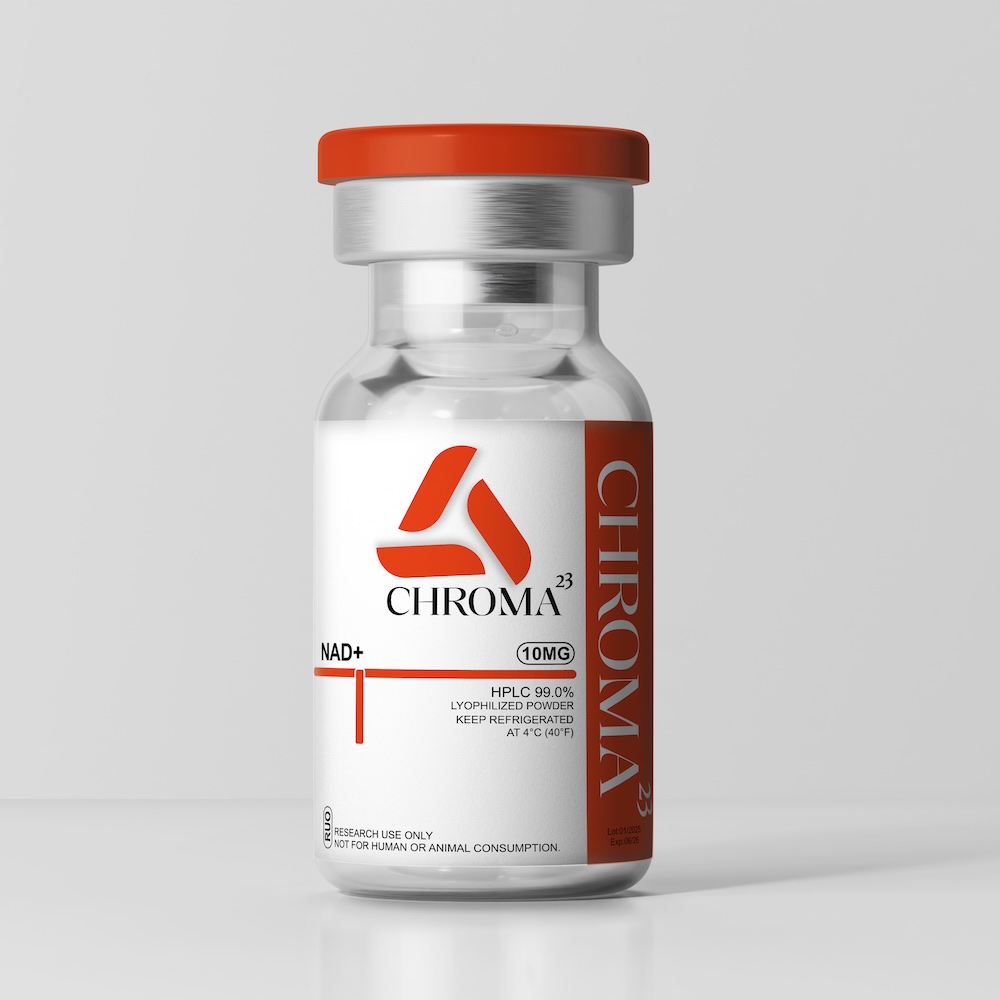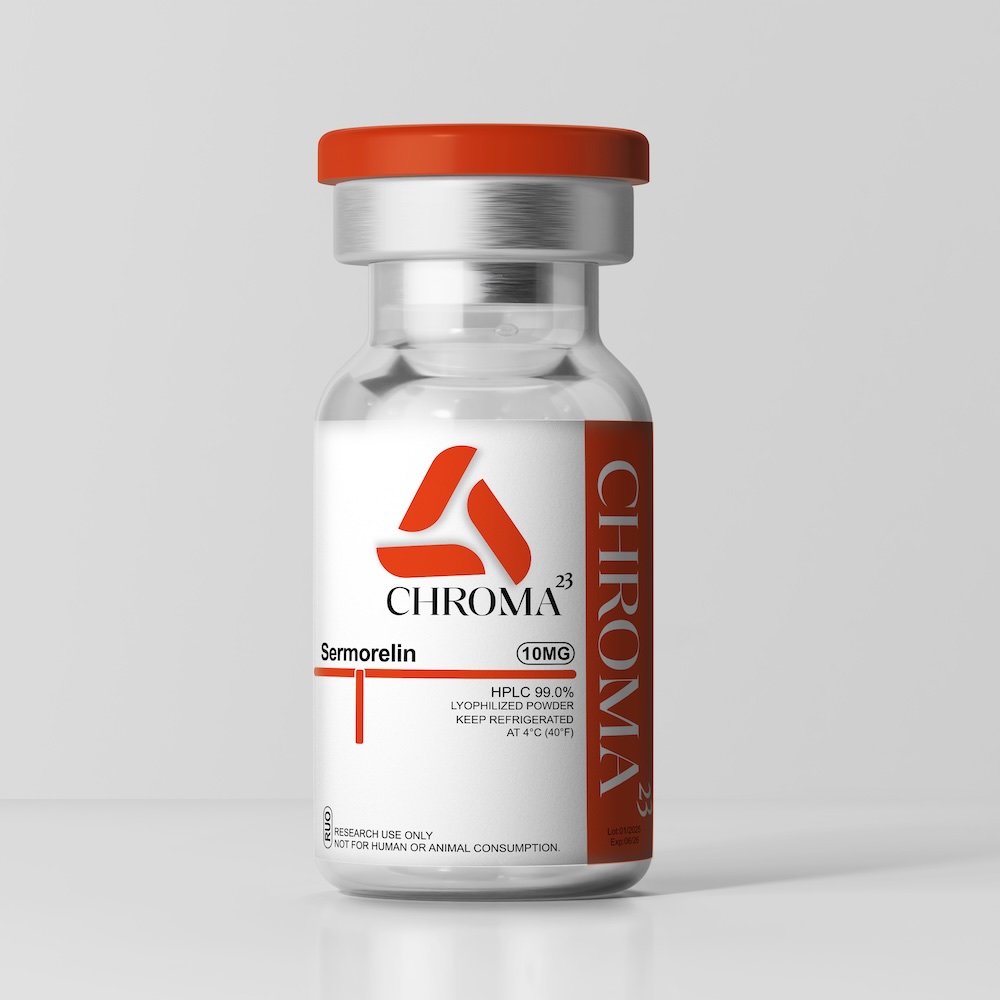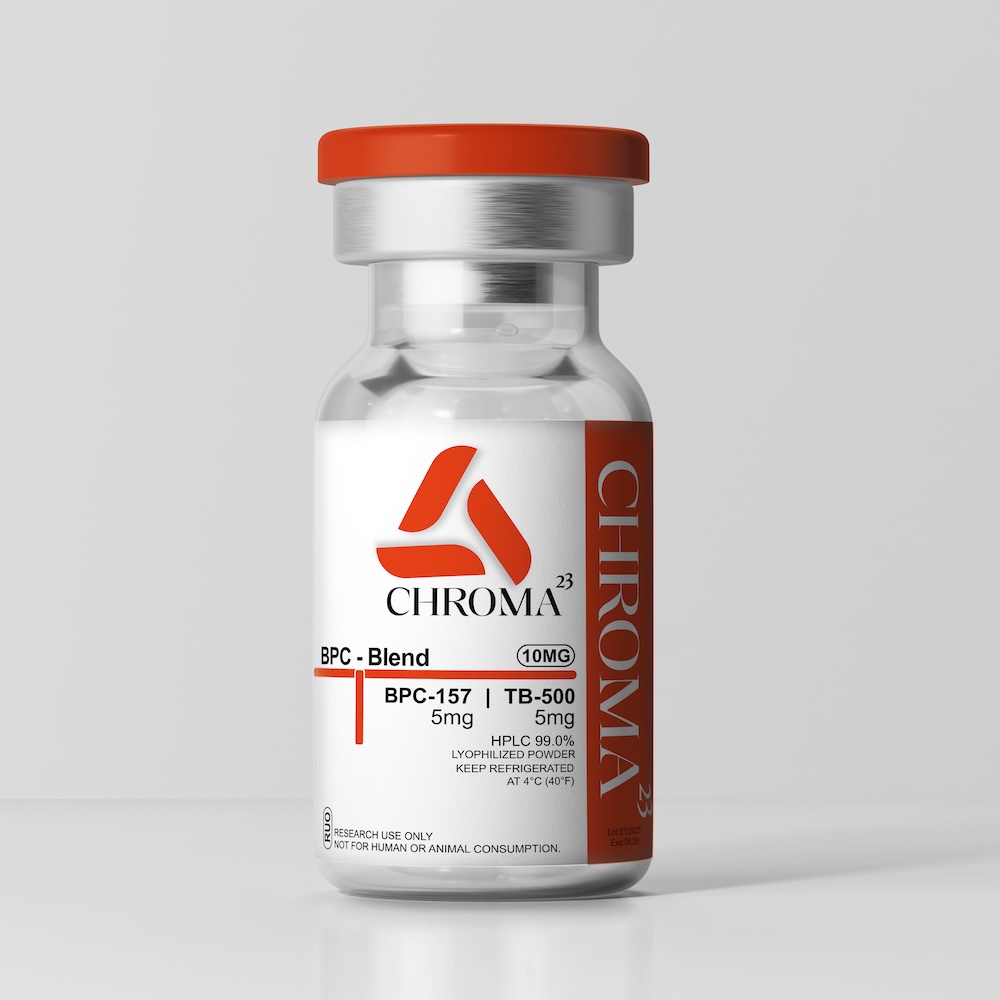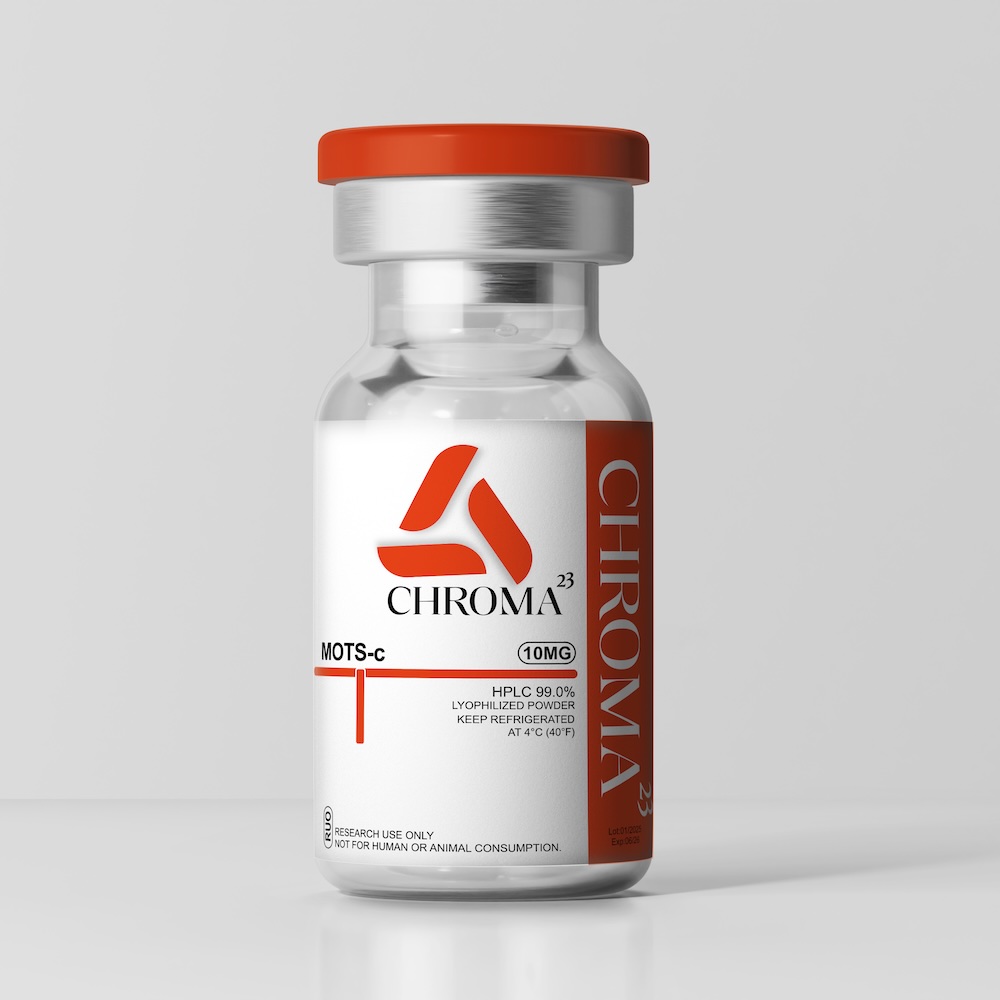Anti-Aging Research and NAD+
One of the primary results of the standard aging process is a decline in both the quality and activity of mitochondria. Mitochondria are the body’s power plants, producing the energy for everything from neuron firing to digestion and muscle function. A decline in mitochondrial functioning has been associated with normal aging, but is also a factor in a number of age-related disease processes. Research shows that mitochondrial aging contributes to cellular senescence, inflammation, and even changes in stem cell activity that reduce rates of healing and make it harder for the body to recover from injury in old age[5].
According to Nuo Sun of the Heart, Lung, and Blood Institute of the National Institutes of Health, mitochondria cannot simply be viewed as bioenergetics factories, but “rather as platforms for intracellular signaling, regulators of innate immunity and modulators of stem cell activity.” He goes on to explain that “mitochondria can be linked to a wide range of processes associated with aging including senescence, inflammation, as well as the more generalized age-dependent decline in tissue and organ function.” In other words, mitochondria are the lynch pin of cellular aging and understanding how to protect their function is a necessary first step in understanding how to slow, stop, or even reverse the aging process.
New research suggests that at least some of the age-related decline seen in mitochondria can be reversed through dietary supplementation with NAD+. This function of NAD+ was uncovered, or at least made popular in research circles, by David Sinclair of Harvard University. Sinclair is the same researcher who uncovered the anti-aging effects of reservatrol (a component of red wine). In 2013, Sinclair revealed that mitochondria in the muscle of mice could be restored to a more youthful state via injection of a precursor to NAD+[6].
Research completed in 2013 showed that declining levels of NAD+ leads to a pseudohypoxic state within cells. This, in turn, interrupts the normal signaling that takes place between the nucleus, where DNA resides, and the mitochondria. By supplementing old mice with NAD+, mitochondrial function is restored and the communication commences again[7].
At least prat of the reason that NAD+ helps to offset the effects of aging is that it activates SIRT 1 function in the nucleus and prevents the normal age-related decline in expression of this particular gene. SIRT 1 is a gene encoding a protein known as sirtuin 1 (short for NAD-dependent deacetylase sirtuin-1). Sirtuin 1 is an enzyme that plays important roles in regulating proteins involved in cellular metabolism and processes linked to stress, longevity, and inflammation[8].
References:
- “NAD+ Science 101 - What Is NAD+ & Why It’s Important,” Elysium Health. [Online]. Available: https://www.elysiumhealth.com/en-us/knowledge/science-101/everything-you-need-to-know-about-nicotinamide-adenine-dinucleotide-nad. [Accessed: 25-Jul-2019].
- “Nicotinamide Riboside: Benefits, Side Effects and Dosage,” Healthline. [Online]. Available: https://www.healthline.com/nutrition/nicotinamide-riboside. [Accessed: 25-Jul-2019].
- R. T. Matthews, L. Yang, S. Browne, M. Baik, and M. F. Beal, “Coenzyme Q10 administration increases brain mitochondrial concentrations and exerts neuroprotective effects,” Proc. Natl. Acad. Sci. U. S. A., vol. 95, no. 15, pp. 8892–8897, Jul. 1998. [PMC]
- “What You Need to Know About Resveratrol Supplements,” WebMD. [Online]. Available: https://www.webmd.com/heart-disease/resveratrol-supplements. [Accessed: 25-Jul-2019].
- N. Sun, R. J. Youle, and T. Finkel, “The Mitochondrial Basis of Aging,” Mol. Cell, vol. 61, no. 5, pp. 654–666, Mar. 2016. [PMC]
- D. Stipp, “Beyond Resveratrol: The Anti-Aging NAD Fad,” Scientific American Blog Network. [Online]. Available: https://blogs.scientificamerican.com/guest-blog/beyond-resveratrol-the-anti-aging-nad-fad/. [Accessed: 08-Jul-2019].
- A. P. Gomes et al., “Declining NAD+ Induces a Pseudohypoxic State Disrupting Nuclear-Mitochondrial Communication during Aging,” Cell, vol. 155, no. 7, pp. 1624–1638, Dec. 2013. [PMC]
- S. Imai and L. Guarente, “NAD+ and sirtuins in aging and disease,” Trends Cell Biol., vol. 24, no. 8, pp. 464–471, Aug. 2014. [PubMed]
- A. R. Mendelsohn and J. W. Larrick, “Partial reversal of skeletal muscle aging by restoration of normal NAD+ levels,” Rejuvenation Res., vol. 17, no. 1, pp. 62–69, Feb. 2014. [PubMed]
- C. Kang, E. Chung, G. Diffee, and L. L. Ji, “Exercise training attenuates aging-associated mitochondrial dysfunction in rat skeletal muscle: role of PGC-1α,” Exp. Gerontol., vol. 48, no. 11, pp. 1343–1350, Nov. 2013. [PubMed]
- S. Ringholm et al., “Effect of lifelong resveratrol supplementation and exercise training on skeletal muscle oxidative capacity in aging mice; impact of PGC-1α,” Exp. Gerontol., vol. 48, no. 11, pp. 1311–1318, Nov. 2013. [PubMed]
- A. Lloret and M. F. Beal, “PGC-1α, Sirtuins and PARPs in Huntington’s Disease and Other Neurodegenerative Conditions: NAD+ to Rule Them All,” Neurochem. Res., May 2019. [PubMed]
- C. Shan et al., “Protective effects of β- nicotinamide adenine dinucleotide against motor deficits and dopaminergic neuronal damage in a mouse model of Parkinson’s disease,” Prog. Neuropsychopharmacol. Biol. Psychiatry, vol. 94, p. 109670, Jun. 2019. [PubMed]
- D. C. Maddison and F. Giorgini, “The kynurenine pathway and neurodegenerative disease,” Semin. Cell Dev. Biol., vol. 40, pp. 134–141, Apr. 2015. [PubMed]
- A. Garten, S. Schuster, M. Penke, T. Gorski, T. de Giorgis, and W. Kiess, “Physiological and pathophysiological roles of NAMPT and NAD metabolism,” Nat. Rev. Endocrinol., vol. 11, no. 9, pp. 535–546, Sep. 2015. [PubMed]
- S. Yamaguchi and J. Yoshino, “Adipose Tissue NAD+ Biology in Obesity and Insulin Resistance: From Mechanism to Therapy,” BioEssays News Rev. Mol. Cell. Dev. Biol., vol. 39, no. 5, May 2017. [PMC]
- J. E. Humiston, “Nicotinamide Adenine Dinucleotide,” p. 68. [FDA]




